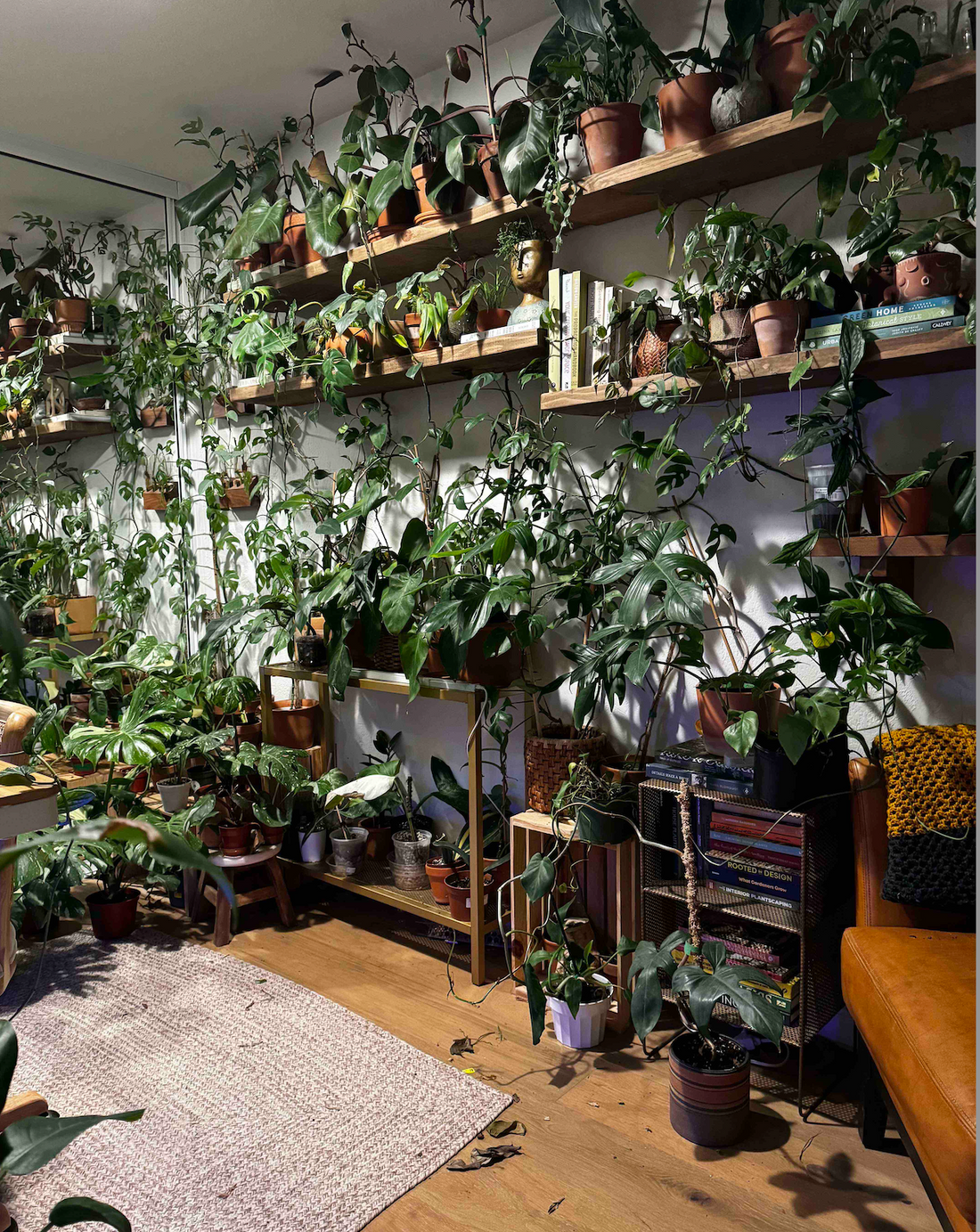
What is Biophlia
Exploring Biophilia: Our Innate Connection with Nature
In the fast-paced world of skyscrapers and smartphones, it's easy to forget the deep-rooted connection we have with the natural world. Yet, even amidst the concrete and glass, there remains an undeniable yearning for greenery, sunlight, and open spaces. This yearning is not just a passing fancy—it's a fundamental part of who we are as humans. It's what scientists and thinkers alike have come to call biophilia.
Unveiling Biophilia
The term "biophilia," coined by biologist E.O. Wilson in the 1980s, describes the inherent affinity humans have for nature and living things. It's more than a mere preference for greenery or a pleasant view—it's a profound instinct deeply embedded in our evolutionary history. Biophilia encompasses our innate desire to seek connections with the natural world, to be surrounded by life, and to experience the sights, sounds, and scents of nature.
Understanding Our Biophilic Instincts
Biophilia manifests itself in various ways throughout our lives, influencing our behaviors, emotions, and overall well-being. Consider the calming effect of a walk in the park after a stressful day, the sense of wonder inspired by a breathtaking sunset, or the joy elicited by the company of animals. These experiences tap into our biophilic instincts, reminding us of our essential connection to the Earth and all its inhabitants.
The Role of Biophilia in Modern Life
In an increasingly urbanized world, where technology often takes precedence over nature, the importance of biophilia cannot be overstated. Studies have shown that exposure to natural environments can reduce stress, improve mood, enhance cognitive function, and promote overall health and well-being. Incorporating biophilic elements into our built environments—whether in homes, workplaces, schools, or public spaces—can have profound benefits for both individuals and communities.
Embracing Biophilic Design
Biophilic design is a holistic approach to architecture and interior design that seeks to reconnect people with nature in the spaces where they live, work, and play. It involves integrating natural elements, patterns, and processes into the built environment to create spaces that inspire, rejuvenate, and nurture the human spirit.
Key Principles of Biophilic Design:
-
Natural Light: Maximizing daylighting and views of the outdoors to create bright, airy spaces that mimic the natural rhythms of the sun.
-
Biomorphic Forms: Incorporating organic shapes, patterns, and textures inspired by nature to evoke feelings of comfort, security, and awe.
-
Living Greenery: Introducing plants and vegetation into interior spaces to improve air quality, reduce stress, and create a sense of vitality and connection with the natural world.
-
Water Features: Incorporating water elements such as fountains, ponds, or water walls to evoke a sense of calm, tranquility, and contemplation.
-
Natural Materials: Using materials such as wood, stone, bamboo, and clay that reflect the beauty and authenticity of the natural world.
Cultivating a Biophilic Lifestyle
Embracing biophilia isn't just about designing physical spaces—it's about cultivating a deeper connection with nature in our daily lives. Whether it's spending time outdoors, tending to a garden, or simply bringing more greenery into our homes, there are countless ways to nurture our biophilic instincts and reap the benefits of a closer relationship with the natural world.
Conclusion
In a world where the pace of life seems to accelerate with each passing day, the concept of biophilia serves as a powerful reminder of our intrinsic connection to nature. By embracing biophilia and integrating its principles into our lives and surroundings, we not only enhance our health and well-being but also foster a deeper appreciation for the beauty and wonder of the world around us. So let's take a moment to step outside, breathe in the fresh air, and reconnect with the natural world that sustains us all.
